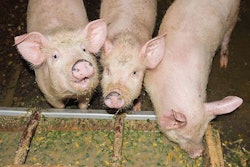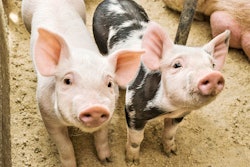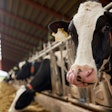
Feeding strategies to increase egg weight
The second most common question I receive from egg producers has to do with egg size. Most producers would like to see their hens produce the largest possible eggs, even though this might also decrease eggshell resistance.
A hen deposits about 2 grams of calcium per egg, regardless of egg size. So, larger eggs tend to have thinner, or rather more fragile, eggshells. But, when large eggs can be sold at a premium, here is a brief list on how to increase egg weight.
Body weight
Heavier hens will produce heavier eggs. This is evident between brown and white layers, but it is also true within each color group. Heavier hens consume more feed for maintenance, and this must be balanced against the benefits of having larger eggs.
Feed intake
This follows from the above point but, in general, it has to do with hens that have already reached their mature body weight. In such hens, a slight increase in feed intake will result in heavier eggs without further increasing body weight. Perhaps this has to do with a slight increase in protein (methionine). At any rate, overfeeding hens will increase their body weight beyond accepted norms and eventually harm their performance records.
Protein intake
Egg weight responds very easily to methionine levels mostly during peak production. That is, unless diets are already over-formulated with methionine. During the later phase of the egg cycle, egg size ceases to respond as much to methionine. Instead, it is egg numbers that respond the most to methionine levels.
Fatty acids
Some studies indicate that adding extra linoleic acid may increase egg weight. This is complicated by the issue of energy/feed intake and body weight. Adding omega-3 fatty acids also helps increase egg size and maintain egg numbers.
In general, egg size can be controlled through nutrition, but this is a very delicate exercise best left to the most qualified nutritionists. Otherwise, any benefits might easily be lost through excessive increases in feed cost or decreases in other performance parameters.


















